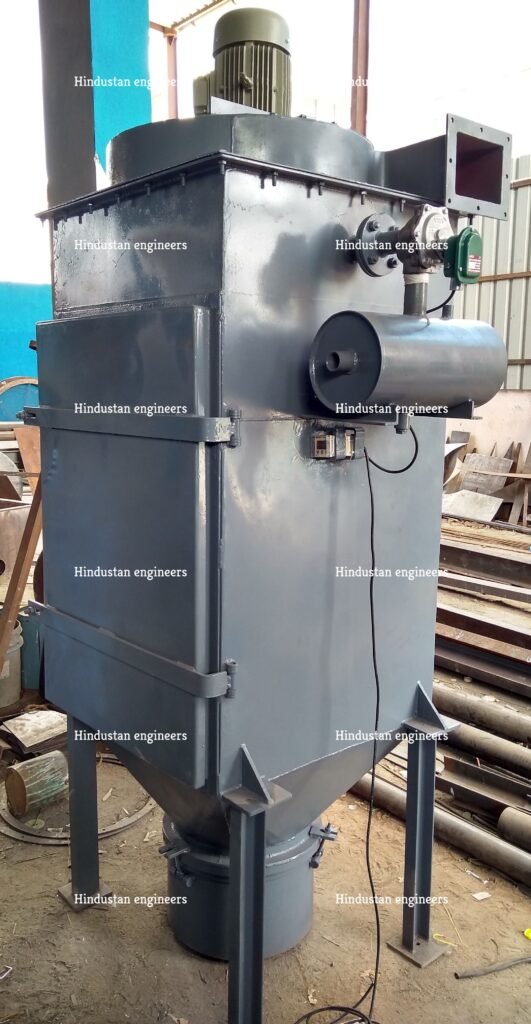A dust extraction system is a type of equipment used to remove dust and other airborne particles from the air in industrial settings1. These systems are commonly utilized in various industries such as woodworking, metalworking, construction, and manufacturing to improve air quality, protect worker health, and comply with environmental regulations.
Here are some key features and components of a dust extraction system:
Hood or Capture Device: This is the part of the system that collects dust directly from the source, such as a saw, grinder, or sander. Hoods are designed to capture and contain dust particles at their point of generation to prevent dispersion into the surrounding environment.
Ductwork: The captured dust is then transported through a network of ducts, which are typically made of metal or plastic, to a central collection point. Ducts should be properly sized and designed to minimize the resistance to airflow and prevent clogging or buildup of dust.
Dust Collector: The central collection point is where the dust is separated from the air. Dust collectors are devices that use various mechanisms such as filters, cyclones, or electrostatic precipitation to remove dust particles from the air stream. The collected dust is typically stored in a collection bin or bag for disposal or recycling.
Filtration System: In many dust extraction systems, a filtration system is used to further clean the air before it is released into the environment or recirculated back into the workspace. Filters, such as filter bags or cartridges, are used to capture finer dust particles that may have bypassed the initial dust collection stage.
Fan or Blower: A fan or blower creates the necessary airflow to move dust-laden air through the system. It creates a negative pressure, pulling air and dust from the capture devices, through the ductwork, and into the dust collector.
Control System: Modern dust extraction systems often include control systems that monitor and regulate the operation of the system. These controls can adjust fan speed, activate cleaning mechanisms, and provide alerts for maintenance or troubleshooting.

